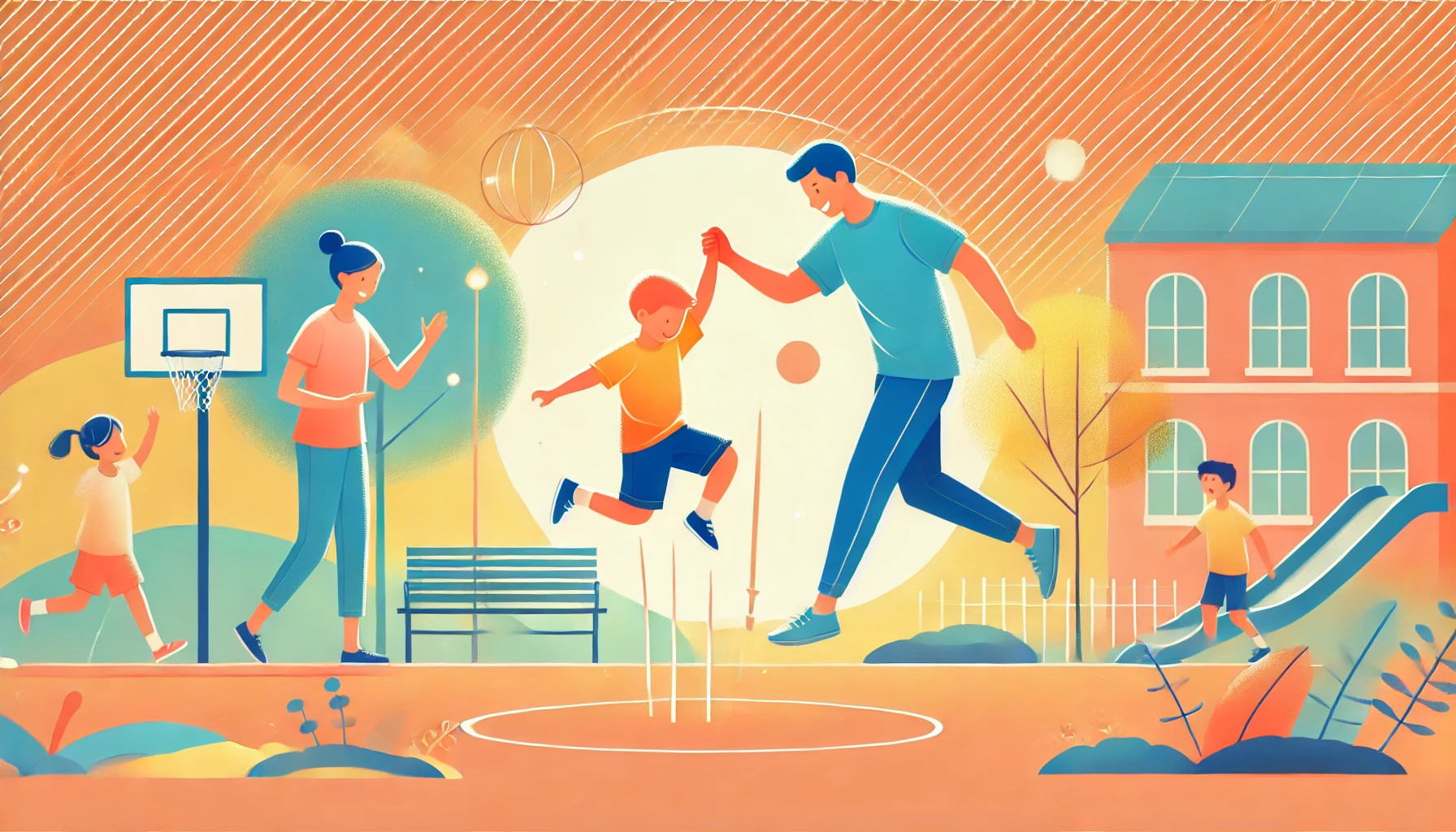How to Teach Young Children About the Importance of Exercise and Staying Active
Teaching young children about exercise and staying active helps them develop healthy habits that support their physical and mental well-being. When kids understand the importance of movement, they are more likely to enjoy physical activity and stay active throughout life. Parents can encourage exercise through fun games, outdoor play, and leading by example. In this article, we’ll explore practical ways to help children develop a love for movement and fitness.
Why Teaching Kids About Exercise is Important
- Supports physical growth – Helps develop strong muscles and bones.
- Boosts energy and focus – Improves concentration and learning abilities.
- Encourages a healthy lifestyle – Builds lifelong fitness habits.
- Reduces stress and improves mood – Releases feel-good hormones that promote happiness.
- Strengthens social skills – Encourages teamwork, sharing, and cooperation.
1. Teach Kids Why Exercise is Important
Helping children understand why movement matters encourages them to be more active.
Activity Idea:
- Use simple explanations: “Exercise helps us run faster, jump higher, and feel happy!”
- Compare a strong, active body to a slow, tired body to show the benefits of movement.
- Ask, “How do you feel after running or playing outside?”
What Kids Learn:
- That exercise makes them strong and healthy.
- How movement boosts energy and mood.
- The importance of staying active every day.
2. Make Exercise Fun with Games and Activities
Turning exercise into play makes it more enjoyable for young children.
Activity Idea:
- Play “Simon Says” with movement commands (jump, spin, stretch).
- Have a mini obstacle course using pillows, tunnels, or cones.
- Organize a family dance party with fun music.
What Kids Learn:
- That movement can be exciting and entertaining.
- How to use their bodies in different ways.
- The joy of physical activity.
3. Encourage Outdoor Play
Spending time outside helps children develop a natural love for movement.
Activity Idea:
- Go on nature walks and let kids explore different terrains.
- Play classic outdoor games like tag, hide-and-seek, or hopscotch.
- Let kids ride bikes, scooters, or roller skates in a safe space.
What Kids Learn:
- That outdoor activities are fun and refreshing.
- How to appreciate movement in different environments.
- The importance of fresh air and sunlight.
4. Be a Role Model for an Active Lifestyle
Children are more likely to stay active if they see adults enjoying exercise.
Activity Idea:
- Exercise together with simple activities like yoga, stretching, or jogging.
- Show enthusiasm for playing sports or dancing with them.
- Talk about how movement makes you feel good: “I feel strong after my workout!”
What Kids Learn:
- That movement is a natural part of life.
- How exercising regularly benefits everyone.
- The motivation to stay active through fun activities.
5. Read Books About Exercise and Movement
Stories help children relate to characters who enjoy physical activity.
Activity Idea:
- Read Get Up and Go! by Nancy Carlson (about different ways to move and stay active).
- Ask, “What activities do you like to do to stay strong and healthy?”
- Encourage kids to act out movements from the story.
What Kids Learn:
- That staying active can be fun in many different ways.
- How movement keeps them happy and strong.
- The importance of making exercise a daily habit.
6. Limit Screen Time and Encourage Active Play
Reducing passive activities helps children engage in more movement.
Activity Idea:
- Set a screen-time limit and encourage active play instead.
- Offer alternatives like jump ropes, hula hoops, or balls for movement-based play.
- Use a reward system, where kids earn extra outdoor playtime by being active.
What Kids Learn:
- That movement is more fun than sitting all day.
- How to balance screen time with physical activity.
- The benefits of active play over passive entertainment.
7. Introduce Simple Exercise Routines
Helping kids follow short exercise routines builds fitness habits.
Activity Idea:
- Try a 5-minute morning stretch to start the day.
- Do a bedtime yoga routine to help kids wind down.
- Encourage a jumping jack challenge to boost energy.
What Kids Learn:
- That a little exercise each day makes a big difference.
- How movement can be part of a routine.
- The importance of stretching and warming up.
8. Praise and Reinforce Active Behavior
Encouragement helps children stay excited about movement.
Activity Idea:
- Say, “I love how fast you ran today!”
- Use a “Movement Chart”, where kids earn stickers for being active.
- Ask, “How do you feel after playing outside?” to help them recognize the benefits.
What Kids Learn:
- That staying active is rewarding and beneficial.
- How movement makes them feel energized and happy.
- The motivation to keep playing and moving every day.
Final Thoughts
Teaching young children about the importance of exercise and staying active helps them develop strong bodies, confidence, and a love for movement. By making exercise fun, incorporating daily activities, and leading by example, parents can guide children toward an active and healthy lifestyle that will benefit them for years to come.
